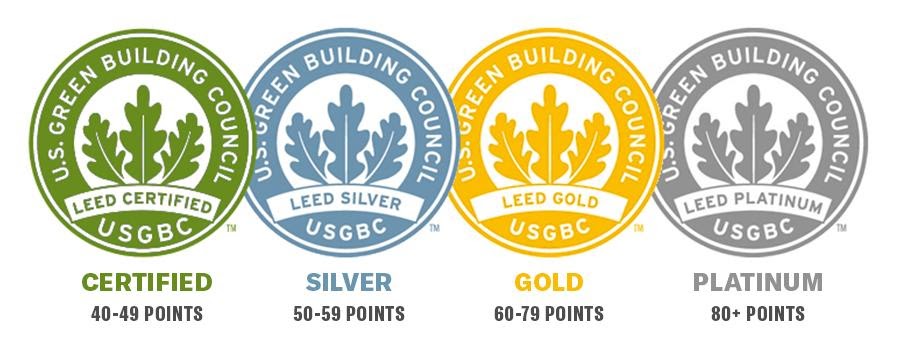Business Advice4 min
A Guide to Green Building Codes and Standards
Green building has moved from a trending industry practice to an industry standard. With the growth in demand for sustainable practices, there are a host of initiatives surrounding green building codes and standards. Keeping track of these standards can be difficult. We’ve created a resource for building professionals to refer to as you navigate the world of green building.
What are Green Building Codes?
Generally, green building codes are the standards implemented by a state or organization to ensure environmental practices in the building industry. According to the U.S. Green Building Council, these codes aim to address sustainable tactics such as water, energy and resource conservation. Implementing these standards helps ensure longevity in the building industry and contributes to a cleaner world by reducing toxins and harmful emissions.
The green building code glossary below breaks down the must-know terms for rating systems, initiatives and codes commonly implemented in green building.
LEED – Leadership in Energy and Environmental Design
LEED, a program started by the USBGC, is the most widely used green building rating system. It operates through a four-level point-based certification that rewards projects for implementing green building strategies:
Certified: 40-49 points
Silver: 50-59 points
Gold: 60-79 points
Platinum: 80+ points

Green Building Credits
Depending on the attributes of your building, it may be eligible for LEED credits that range in point value and category. For example, a building built to accommodate bikes would get a “Bicycle Facilities” credit, which is one point in the location and transportation category. If that same building used a product like LP FlameBlock panels it could qualify for “Heat Island Reduction,” which is two points in the sustainable sites category. These credits add up for placement under one of the four LEED levels.
HERS – Home Energy Rating System
The HERS index is the industry standard to measure a home's energy efficiency. The lower the HERS score, the more energy-efficient a home operates. LP® TechShield® Radiant Barrier can help builders meet various energy codes, including HERS, by blocking up to 97% of radiant heat transfer through roof sheathing.
SFI – Sustainable Forestry Initiative
SFI is an independent, nonprofit organization that provides sustainable forestry options and voluntary certification opportunities. There are three standards of certification through SFI, all of which LP is certified to. These standards of Forest Management, Fiber Sourcing and Chain of Custody ensure the responsible forestation of wood building materials.
ZNE – Zero Net Energy
According to the state of California, buildings that qualify as ZNE produce the same amount of clean renewable energy as they consume each year. As of 2020, the state required that all new residential construction was ZNE with commercial construction to follow by 2030. LP WeatherLogic® Air & Water Barrier helps make this possible by creating a tighter home with the seams taped up, which helps protect the build from the elements by preventing air from leaking in and out.
Understanding green building standards will equip you to meet codes and improve your builds. Visit this page for more information on LP’s commitment to environmental responsibility.
Continue Reading
News & Stories3 min
History of Partnership with Gary Sinise Foundation
The LP Foundation is a proud partner of the Gary Sinise Foundation, which supports wounded veterans in several ways. You can learn more about the LP Foundation here.
Business Solutions
4 minQ&A: How Home Orientation Impacts Continuous Insulation
There’s a lot to consider when it comes to building an energy-efficient home for your clients and the many nuances that change with each build—including its orientation to the sun. We sat down with Neil Freidberg, Building Science Manager at LP, to unpack the impact of home orientation on continuous insulation needs.
Resiliency Solutions
5 minHOW A RADIANT BARRIER CAN IMPROVE BURIED DUCT PERFORMANCE
One of the questions LP® Building Solutions gets from builders often is about burying ducts in attic insulation and whether combining radiant barrier sheathing with blown insulation over ductwork can benefit homeowners. As with most technical situations, the outcome depends on a nuanced approach. Let’s dig in and explore this question.
Sustainability Solutions
8 minHow to Drive Effective Communication and Collaboration on the Jobsite
Every jobsite has a ton of moving parts, from product shipments, supplies, and schedules to subcontractors and homeowners. It’s no wonder that many project teams can struggle to maintain quality jobsite communication and collaboration throughout the building process. And when communication slips, construction companies inevitably deal with costly errors, inefficient workflows, delayed projects, or wasted time, leaving clients and the team frustrated.
